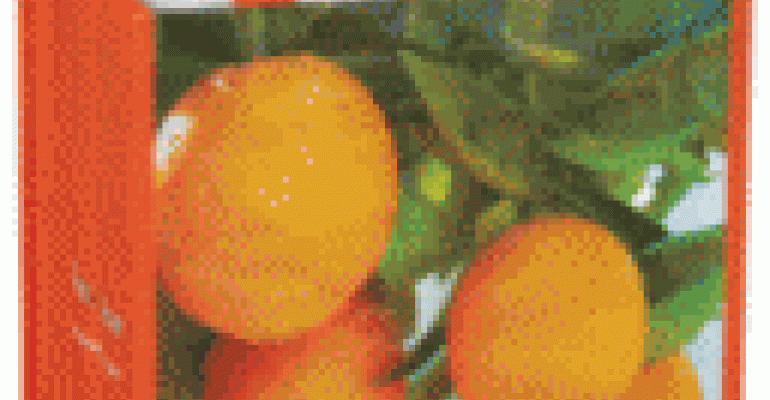On my desk at the moment are two reports — one from TEI Analytical and another from Thornton Laboratories. Both have been cited in numerous media reports regarding excessive lead levels found in reusable shopping bags made with non-woven polypropylene.
 The larger report, from TEI, runs about 40 pages and includes results for individual tests on 77 reusable bags. The bags aren’t identified in any way, and an official at TEI said the lab is not authorized to release any additional details as to the identity of the bags, the companies, or even who ordered the tests.
The larger report, from TEI, runs about 40 pages and includes results for individual tests on 77 reusable bags. The bags aren’t identified in any way, and an official at TEI said the lab is not authorized to release any additional details as to the identity of the bags, the companies, or even who ordered the tests.
Of the 77 tested (five results were omitted from the report, for reasons the lab declined to state), 20 had lead levels of more than 90 parts per million (ppm), which is the safety threshold used on paint by the Consumer Product Safety Commission. Of those 20, five had levels of over 200 ppm — which is 100 ppm under the current level of lead allowed by the CSPC in children’s toys.
The tests were performed in March and April of this year. Media reports state at least some of the bags tested came from big retailers such as Rite-Aid, Harris Teeter and Walgreens. One story in particular cited a bag from CVS, the drug chain, as having the highest lead level, at 500 ppm, though that specific result was not evident in any of the results provided to us.
Tests on two bags were annotated with “Results to follow at a later date.” We could not obtain those numbers, though the reported 500 ppm reading could be one of those, or could be one of the five results omitted from the public report.
The second set of tests, performed by Thornton Laboratories on behalf of the Tampa Tribune runs only two pages and is much more transparent. The retailers are identified, as is the bag style. The amount of lead is recorded two ways, Total and Extracted. The newspaper tested two groups of bags, with some styles/designs tested in both.
In this case, the Publix “USF” bag fared the worst. In the first group, it scored 87.9 ppm, but the same design in the second group scored 194 ppm of total lead. Winn-Dixie’s “Baby Faces” bag was also part of both groups and fared poorly, delivering results of 117 in the first round and 121 in the second.
Other tests included bags from Wal-Mart, Delhaize America’s Sweetbay and Target. Bags from these retailers were well under federal limits, and even some styles from Publix fared much better than the USF design.
Since the story, Winn-Dixie has discontinued the sale of all its own-brand reusable bags, though the retailer’s website notes they remain safe to use. “THIS IS NOT A FOOD SAFETY OR HEALTH CONCERN. PROPER DISPOSAL IS THE ONLY CONCERN” is what they wrote in all-cap letters.
Publix, the other retailer found in the Tribune report to have bags with excessive lead levels, has posted nothing on its website. The newspaper said that Publix plans to continue selling the polypropylene bags, though it’s currently working with its supplier to develop low-lead alternatives.
In September, Wegmans Food Markets of Rochester, N.Y. pulled two bag designs a local environmental group had tested for lead content. The retailer, which was the first one to face such scrutiny, is also working with its suppliers, but states its bags are safe for normal use.
[Photo credit: Winn-Dixie]

